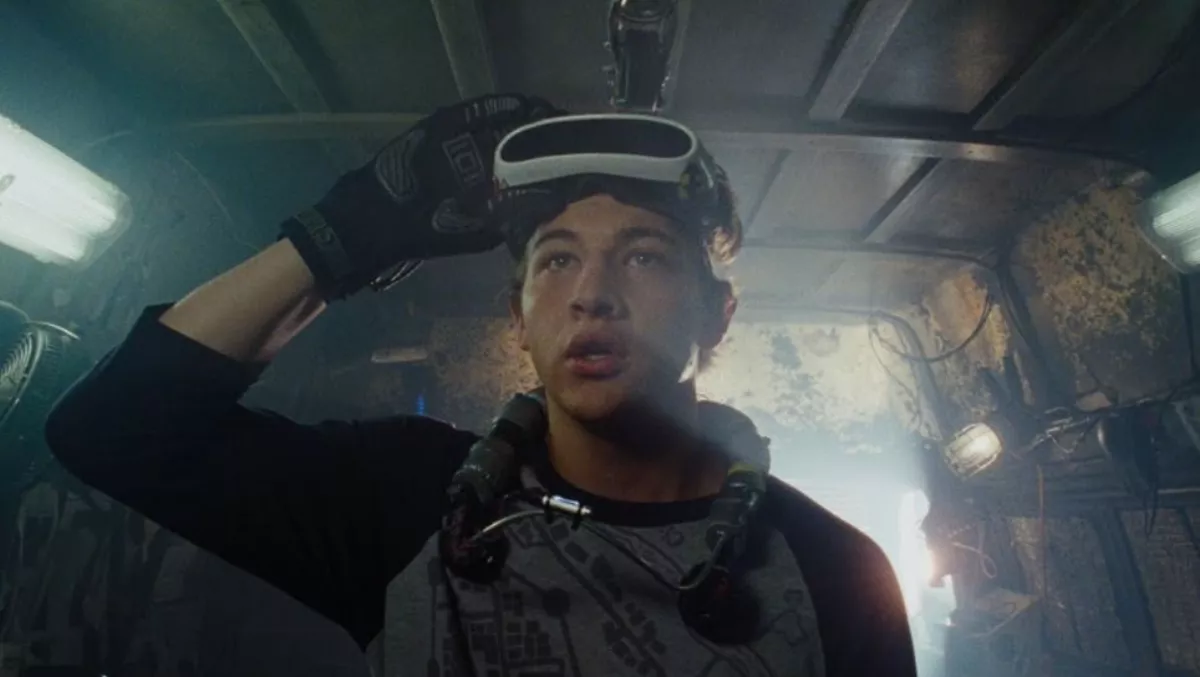
Are the drones shown in ‘ready player one’ based on solid science or movie magic?
Minor movie spoilers ahead.
Steven Spielberg's new movie adaptation based on Ernest Cline's novel of the same name, 'Ready Player One', has already raked in over US$400 million (SG$523 million) at the box office. The Sci-Fi flick follows an unlikely hero, Wade Watts, who's on a quest to acquire a rare item that bestows full control over a virtual world known as the Oasis.
The movie is set in 2045, and it showcases a lot of technology viewers might find unfamiliar, but not entirely unbelievable. For example, players use omnidirectional treadmills that allow them to move around the virtual world while remaining stationary in the real one. This technology, while not yet widely-adopted or perfect, already exists, which is great news for people looking for alternative forms of exercise.
Aerial drones, also known as Unmanned Aerial Vehicles (UAVs), play a particularly large starring role in Ready Player One. From delivering parcels to ominously chasing down teenagers, Ready Player One showed us a glimpse at how drones could be used over 20 years from now.
But how far away are we, really, from drones being a part of our everyday life? Are the drones shown in Ready Player One based on science, or just movie magic?
Delivery drones are already being developed and tested all around the world. Amazon's Prime Air and Google's Project Wing have seen successful delivery runs carried out in controlled tests, but so far there's no word on when either service will be available to the public.
Not everyone is enjoying success on that front, either— just last week, Russia's national post operator just crashed an SG$26,000 delivery drone on its maiden flight.
Eye In The Sky
Drones in Ready Player One were also used for performing video analytics, such as facial and image recognition. You might be surprised to hear that doing so is already possible today— after all, it's simply a matter of performing video analytics from an aerial vantage point.
A researcher and drone/video analytics expert from NEC Laboratories Singapore Arun Kumar Chandran says that tests with drones performing AI analytics are already showing promising results.
He states, "Camera-mounted drones available today already allow us to perform a wide range of video analytics, such as facial recognition, crowd counting, and even license plate number recognition.
But how accurate was Ready Player One's portrayal of drone-based video analytics?
Drones shown tracking people in Ready Player One were flown pretty low, sometimes even at eye-level. This was probably shown for the sake of dramatic effect— in reality, video analytics can be run from drone-shot footage from a very safe distance away if they are mounted with high-definition cameras.
"Drones today are quite loud, and the powerful ones generate strong winds," comments Chandran. "I don't think subjects trying to avoid detection will allow a drone that loud and powerful to fly close enough to get a look at his/her face.
Another scene from the movie showed drones tracking vehicles based on specific markings. Chandran explained that this is technically possible, but not the best method for detecting vehicles. Not all vehicles come with unique graffiti or markings, but they all do have license plates. Tracking unique license plate numbers generally makes a lot more sense, and drones flying even at a height of over 30 meters, have no issue recognising the license plate numbers of vehicles in motion. How Long Away Is 2045, Really?
So how long away are we from a world where drones rule our skies? More likely than not, we're only a few years off. Drones are only getting more stable, more powerful, and most importantly, cheaper. It's a good thing that many countries already have strong regulations in place for drones, to ensure that they are used only for the benefit and safety of the public. No law-abiding citizen should ever have to run from what is essentially a tiny helicopter.

